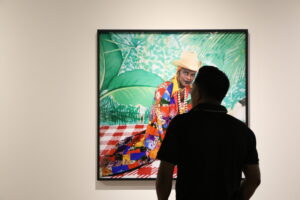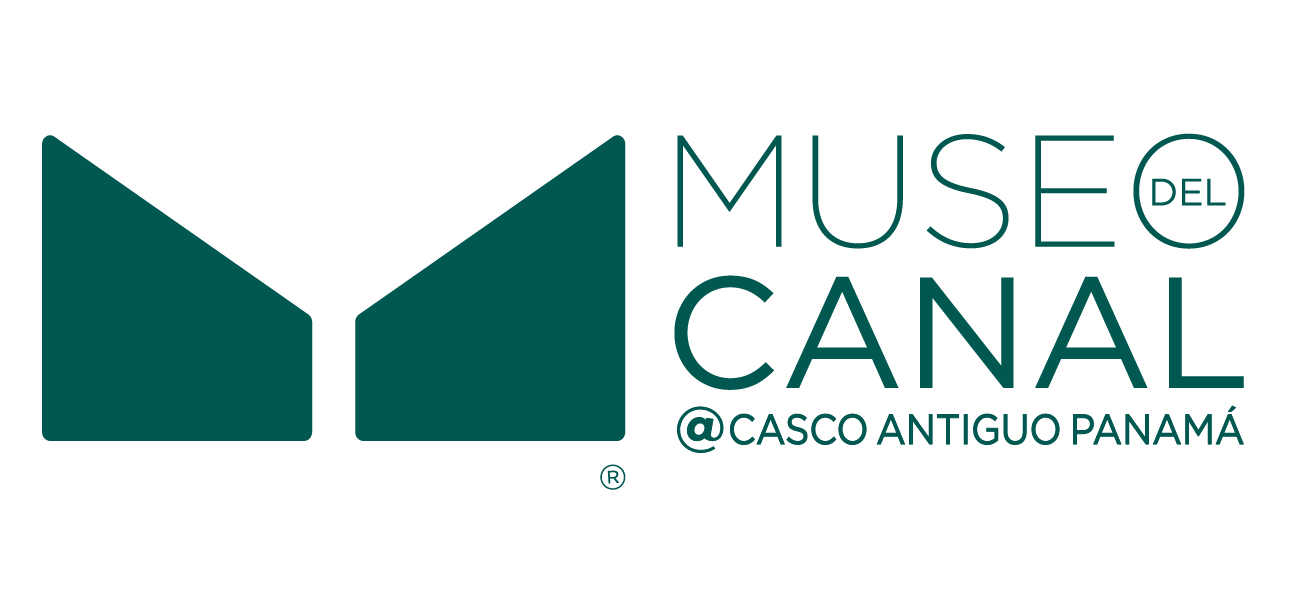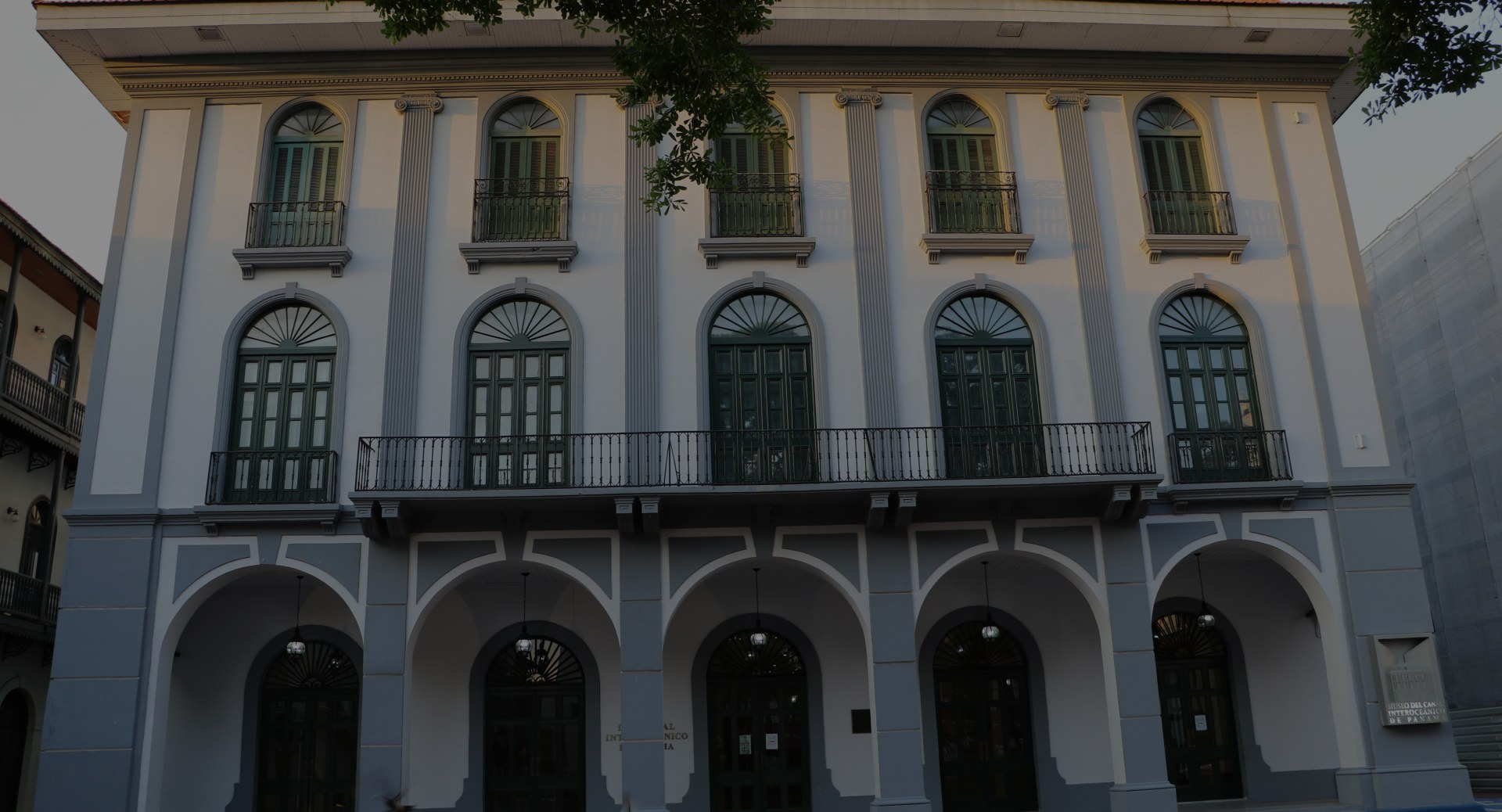
Disbelief and Amazement
29/12/2023
By Michaell Guzmán
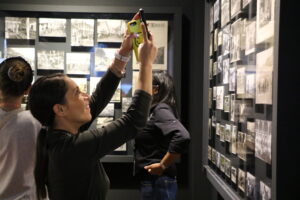
Knowing the past leads us to reflect on our present and understand it in a very different way, to not only know what and how a historical event happened, but to reflect on why it happened that way. We do this in many ways, by reading a book, seeing an image, listening to a story, visiting places and currently the most common thing is through videos on digital platforms.
Younger people find the latter option much more comfortable. Using digital platforms they can access endless videos made by “influencers”, social communicators, public/private entities, and content creators. The Canal Museum is no stranger to this trend, and through our social networks we promote our history in various ways, including the creation of documentary series (Reels or Tik Toks) about historical events, managing to take advantage of the technological tools most used by young people, connecting with, inviting them to visit the Museum and be able to continue investigating much more.
In the Community Relations Management we interact daily with the public, and we can collect the various reactions of people when learning about our exhibits. Groups of young people come to visit it thanks to social networks, participating in guided tours, workshops and other activities. Finding in the Museum with more than 500 years of information about the Isthmus, the reactions that we can rescue from visitors are varied, but summarized in disbelief and astonishment when learning about what the isthmus was like before and after the construction of the Canal as well as the consequences of this.
Visiting the Museum is marveling at the large number of pieces and the stories they hide. Through guided tours, it is possible to create a connection with people by listening to and sharing stories that visitors may have regarding a historical event (e.g. invasion, military dictatorship). Visitor Services agents are in charge of conducting guided tours in the Museum; With a varied audience from different parts of the world, the stories that can be collected are quite surprising.
In a particular case, during a tour, a visitor (named Ana) tells us that she and her family's history goes back to the construction of the Canal at the beginning of the last century. In a specific point in the Life in the Zone room, we have a series of yearbooks, among them, one belonging to the high school of the community of Paraíso, class of 1972. To our surprise and hers, the yearbook is open right on the page where a photograph of her appears. This was a very emotional moment for Mrs. Ana and the rest of the group, since she never expected to find herself at the Museum. During the rest of the tour, Mrs. Ana shared many more memories about her life in the Zone. Vida en la Zona, contamos con una serie de anuarios, entre ellos, uno perteneciente a la escuela secundaria de la comunidad de Paraíso, generación de 1972. Para nuestra sorpresa y la de ella, el anuario está abierto justo en la página donde aparece una fotografía de ella. Este fue un momento de gran emotividad para la señora Ana y el resto del grupo, ya que nunca pensó encontrarse en el Museo. Durante el resto del recorrido la Señora Ana compartió muchos mas recuerdos sobre su vida en la Zona.
We continue to spread our history and create memorable moments.
